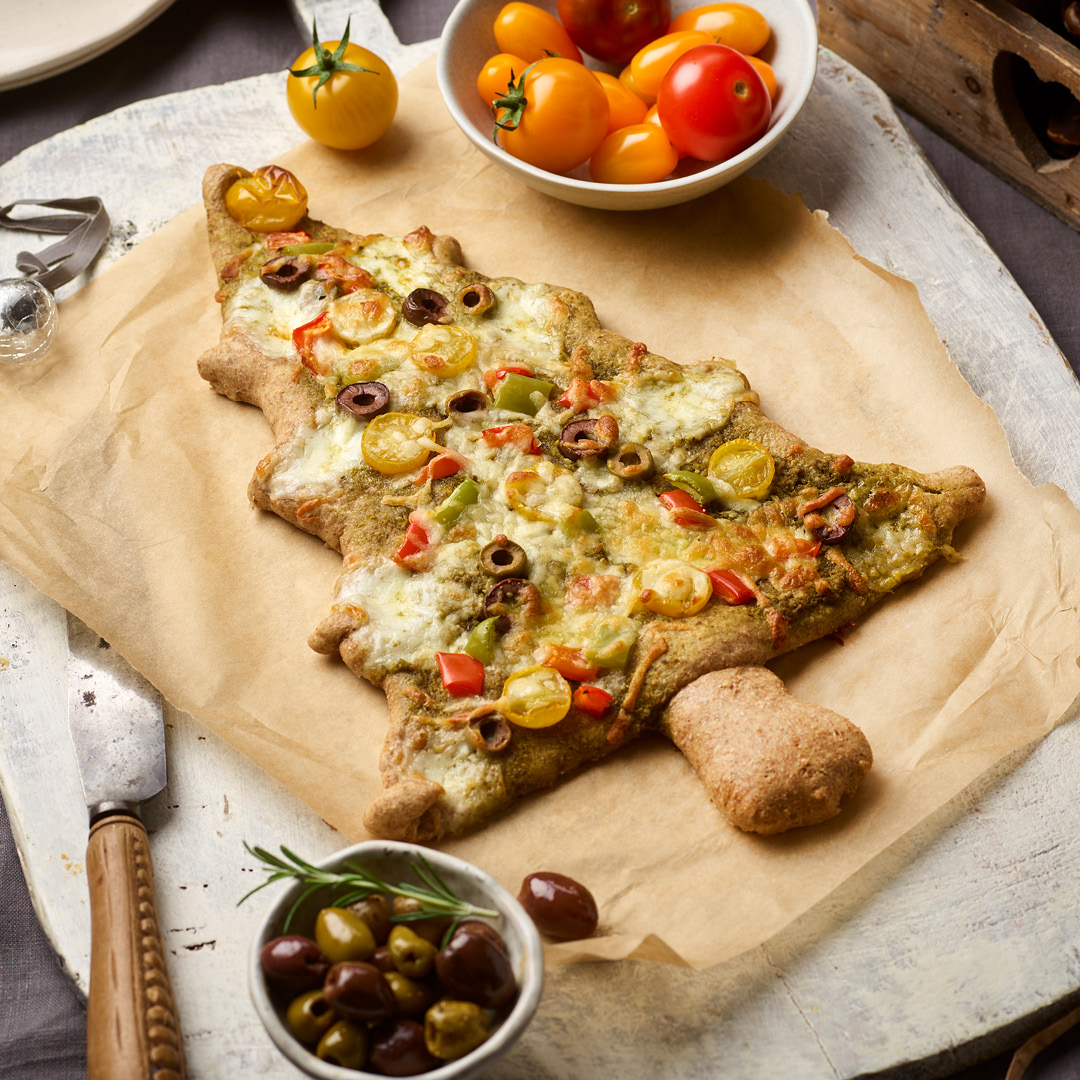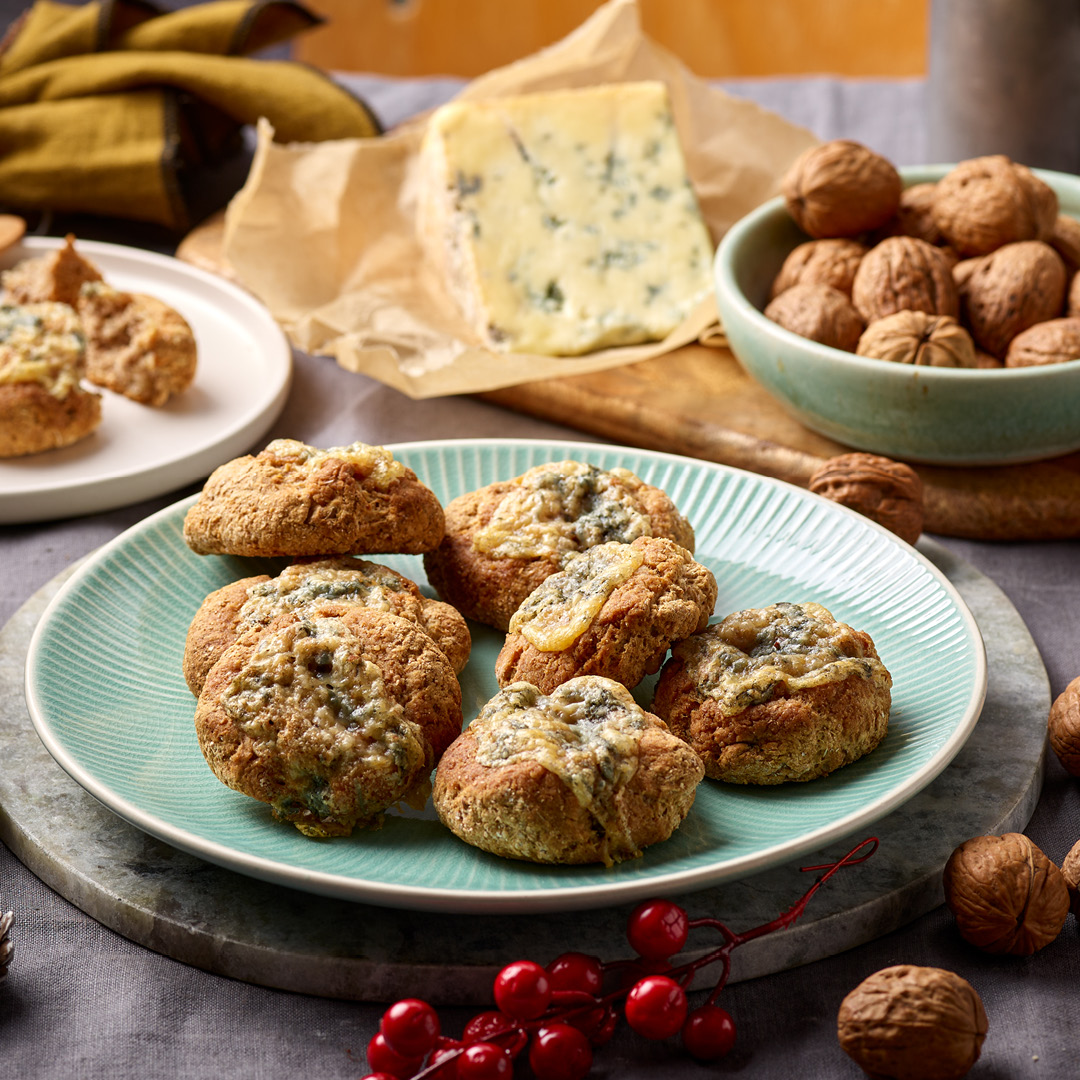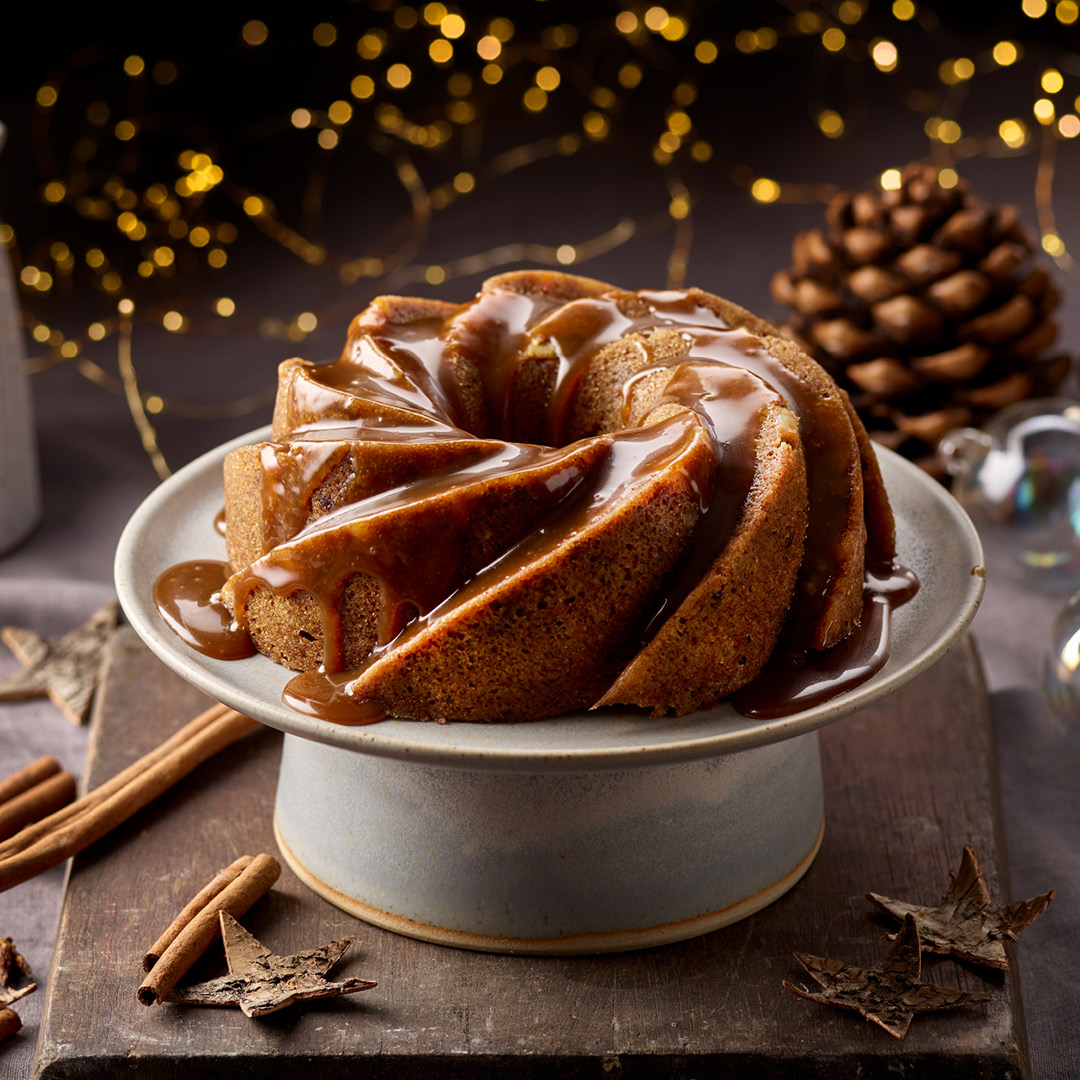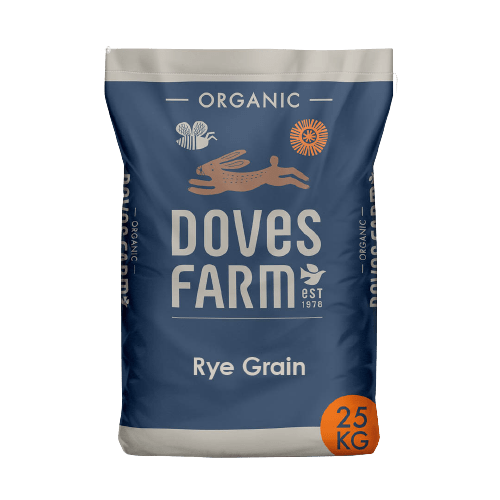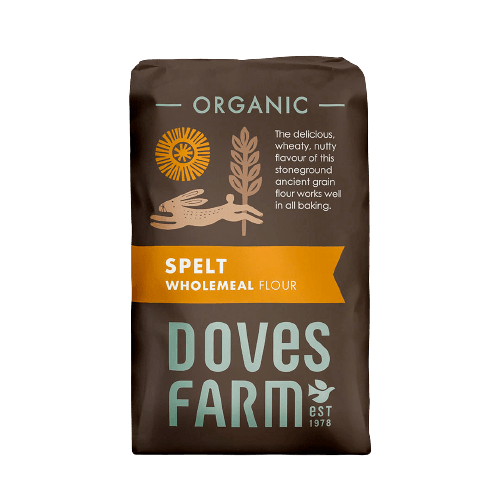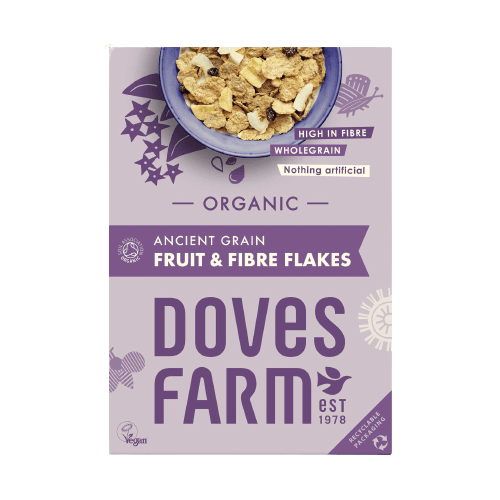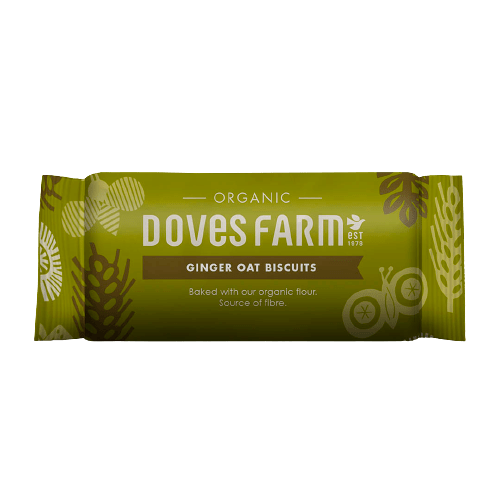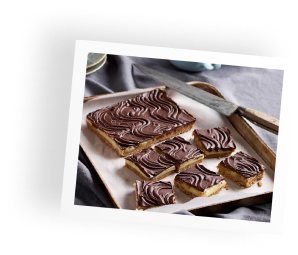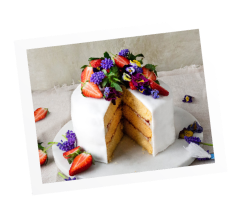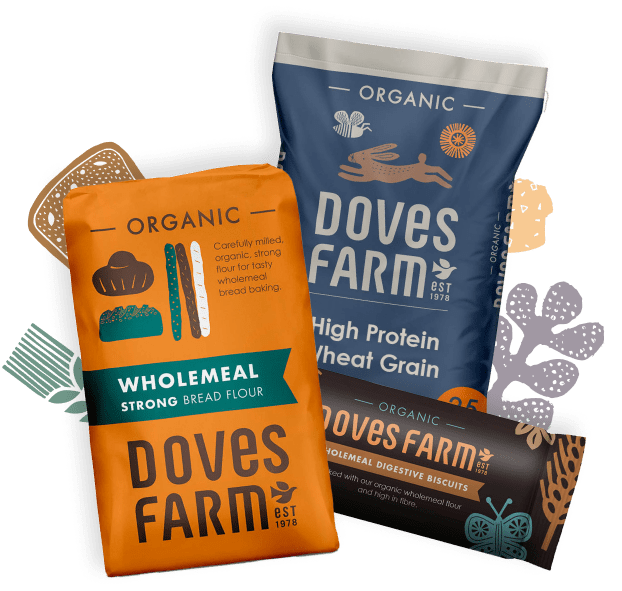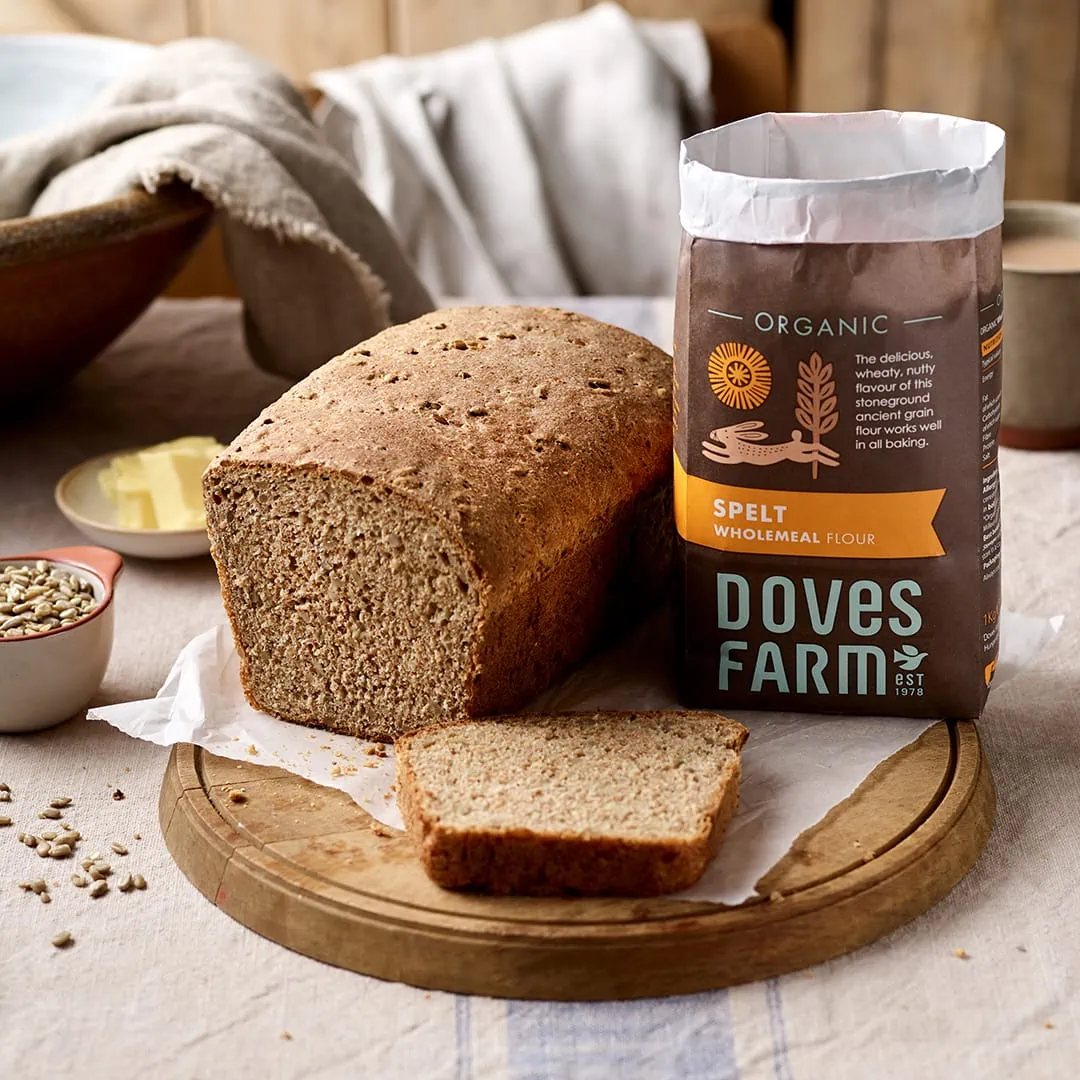If you love fresh pasta why not try making some for yourself – it’s not difficult and it’s also extremely satisfying. With three basic ingredients, Pasta Flour, egg and a pinch of salt, you could soon be making your own Lasagne Sheets or even Buckwheat Noodles at home.
Once you have mixed your pasta dough it can be rolled out with a rolling pin and cut into shapes or passed through the rollers of a pasta machine. Pasta making is a fun activity for children who love turning the handle of the pasta machine roller. Armed with the basic pasta recipe you might also like to try making some Pumpkin and Pinenut Ravioli or Three Cheese Ravioli or wholemeal pasta such as Khorasan Flour Pasta.
Our top tips for homemade pasta are;
- Pasta dough needs to be conditioned after kneading by passing through wide pasta rollers, folding and repeating a few times before progressing to thinner pasta sheets.
- Cook pasta in an extra-large saucepan. For best results use 1lt of salted water per 100g pasta – there is no need to add oil.
- Allow the pasta to boil uncovered while it cooks.
- Depending on the size and thickness of fresh pasta, start to check if it is cooked after 3 minutes.
- Avoid rinsing pasta unless you are going to use it in a salad.
- If keeping the pasta warm before serving, stir a little of your sauce through the pasta.
- Adding oil to cooked pasta will stop it sticking but the sauce may slide off.
- To re-heat pasta, cover it with boiling water, stand for 2-3 minutes then drain and serve.
With only a little practice homemade pasta is surprising easy to make and absolutely delicious to eat. Most pasta making problems, such as the pasta dough is dry and hard to knead, the dough breaks up when rolling out the pasta, the dough sticks to the pasta roller, the pasta sticks together when cooking or cooked the pasta is soft and soggy, are easy to resolve and you will enjoy super homemade pasta dishes.
The pasta dough seems dry and difficult to knead or springy when rolling it out.
Possible Cause
- Crumbs of pasta dough that will absolutely not hold together in a ball of dough is an indication that more egg is needed.
- The natural gluten strands in pasta flour can result in a firm and springy dough which is difficult to roll out. Resting pasta dough allows the gluten to relax and the flour to hydrate so that it is easier to roll.
How to rescue the pasta dough
Work a teaspoon of egg yolk into the dough crumbs until you can bring together a ball of dough and leave it to rest for at least 15 minutes or up to an hour.
The pasta dough breaks up and is unstable when I try to roll it out.
Possible Cause
- Pasta dough that is not fully hydrated or sufficiently kneaded can break into pieces, have holes or jagged edges when it is rolled out. Further kneading or folding and rolling of the dough will be required.
- Some types of flour and speciality flours will need additional hydration and handling to bring together into a workable pasta dough.
How to rescue the pasta dough
Ensure the dough has been sufficiently hydrated, kneaded and rested for at least 15 minutes or up to an hour. Work the dough by passing through a wide roller then folding, or laminating it, and passing it through again before repeating this through a slightly decreased roller width. Continue the rolling and folding several times until the pasta sheets are smooth and uniform.
The pasta dough is sticking to my roller or to itself.
Possible Cause
- The dough is a little over hydrated making the dough sticky. If everything is super sticky roll the dough back into a ball and dust regularly with flour as you roll.
- A very warm and humid room can make pasta dough sticky. Roll the dough back into a ball and chill slightly before start again.
How to rescue the pasta dough
Dust the pasta rollers with flour as well as before and after the dough sheets pass through the rollers.
The cooked pasta is sticky or has all stuck together.
Possible Cause
- The pasta was not stirred sufficiently when it was added to the boiling water so the pasta became stuck together while it cooked.
- If insufficient water was used for cooking the pasta, the natural starches released during cooking can make the pasta sticky.
- Once cooked, hot pasta will become sticky if left without a sprinkling of oil or sauce.
How to rescue sticky or stuck pasta
Drain and transfer sticky and stuck pasta to another pan of boiling water, stir to remove excess starch, break up any clumps and complete the cooking time. Sticky cooked pasta can also be revived by plunging it in boiling water for two minutes before draining and sprinkling with a little olive oil or butter. Stubborn lumps of cooked pasta can be chopped into pieces and fried in olive oil or butter.
The cooked pasta is soft and soggy.
Possible Cause
- The pasta has cooked for too long and has lost its texture. Setting a timer can help with pasta cooking time.
How to rescue soft and soggy pasta
Drain the pasta, immediately tip it into a bowl of ice-cold water and leave for 3 minutes. Drain the pasta again and add it to hot sauce or fry for a couple of minutes in olive oil or butter.


